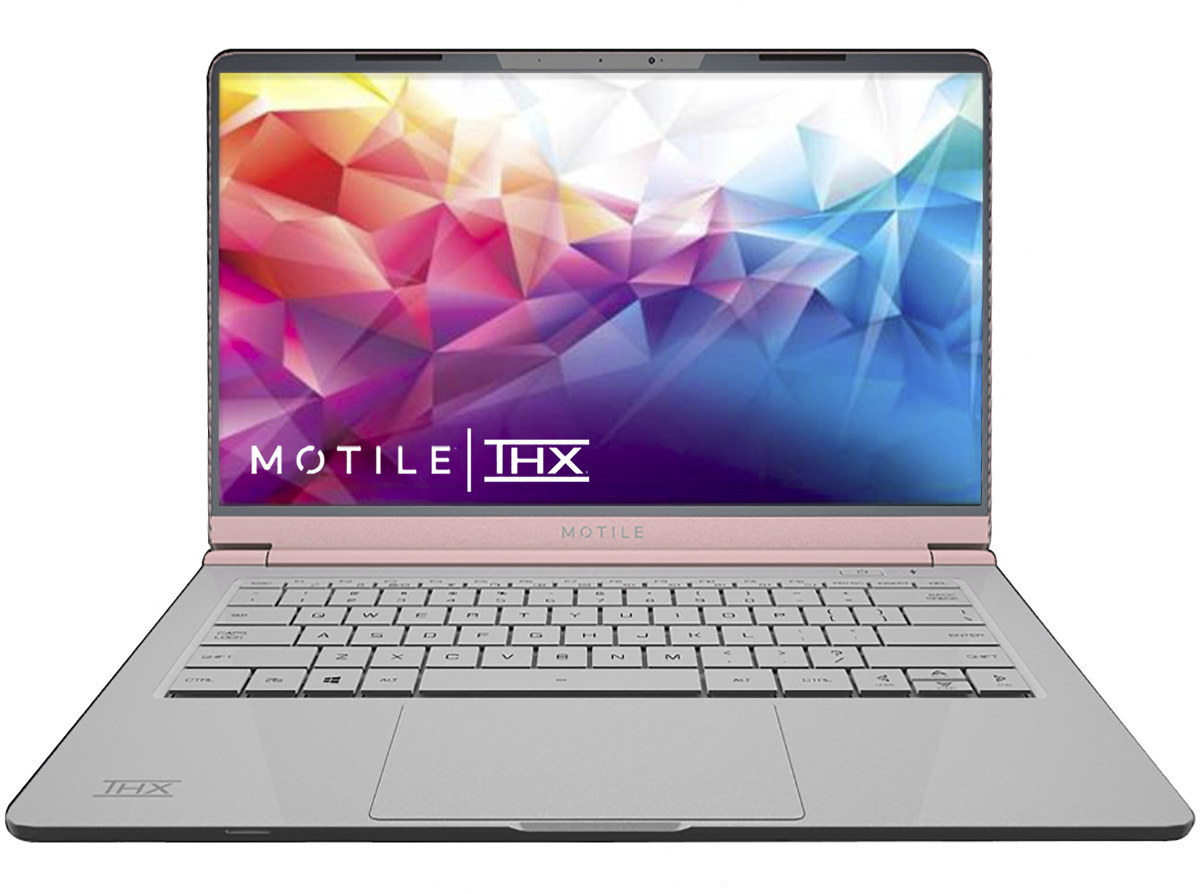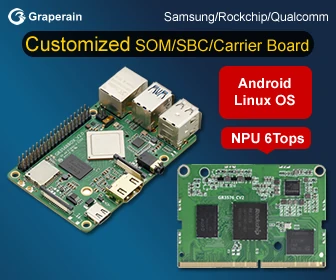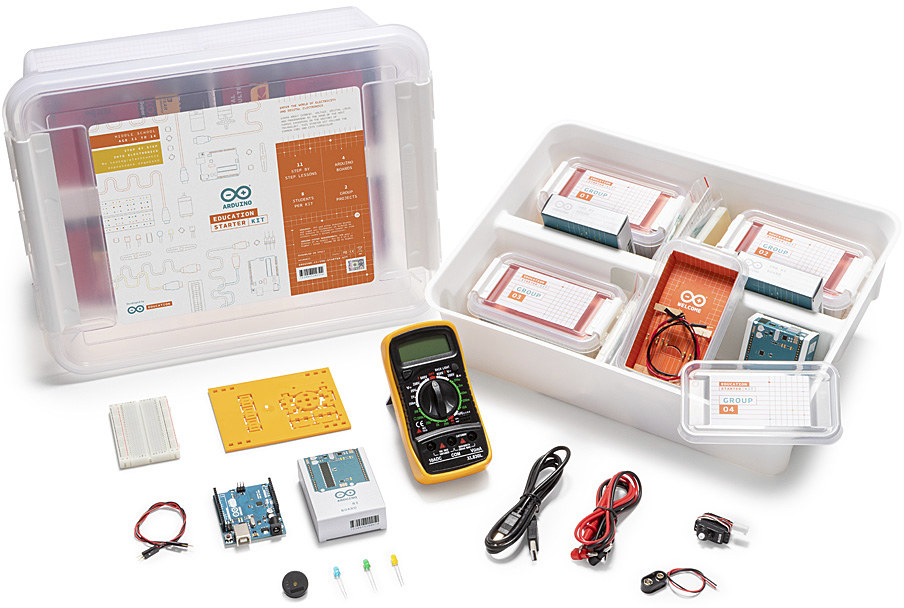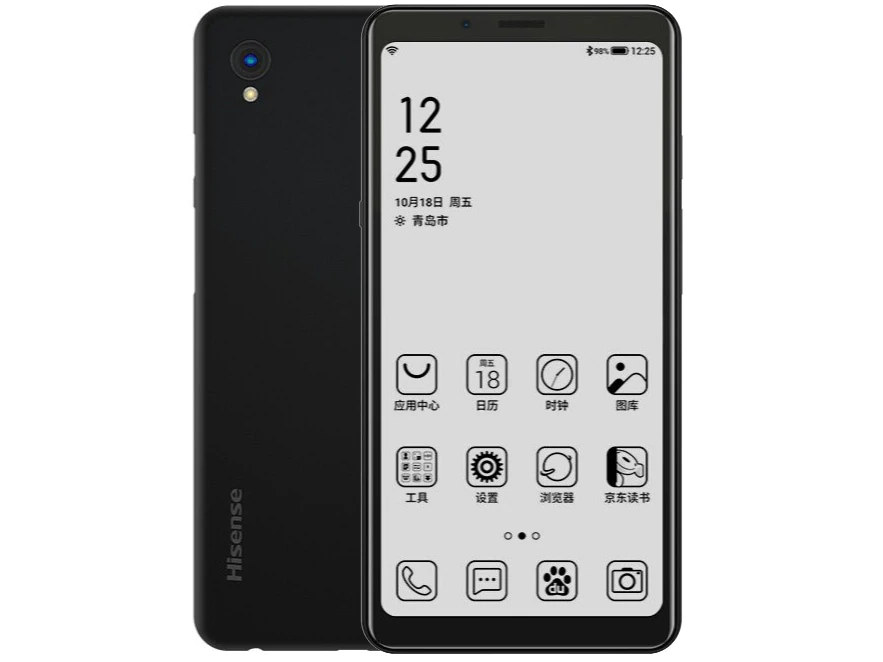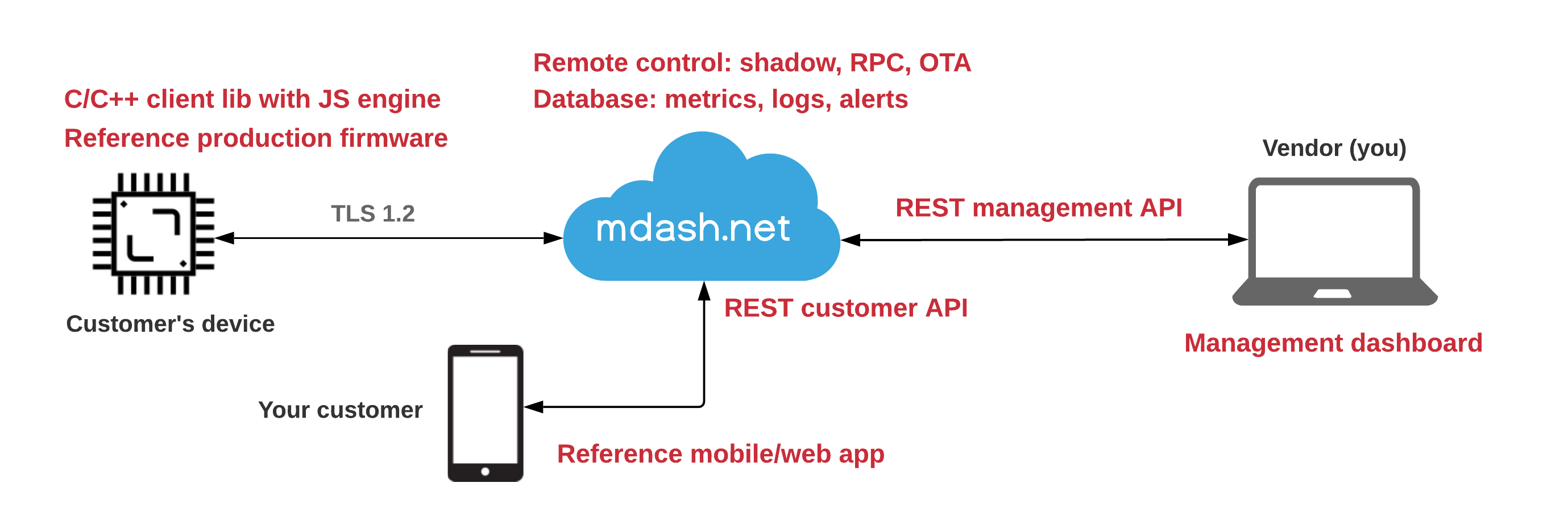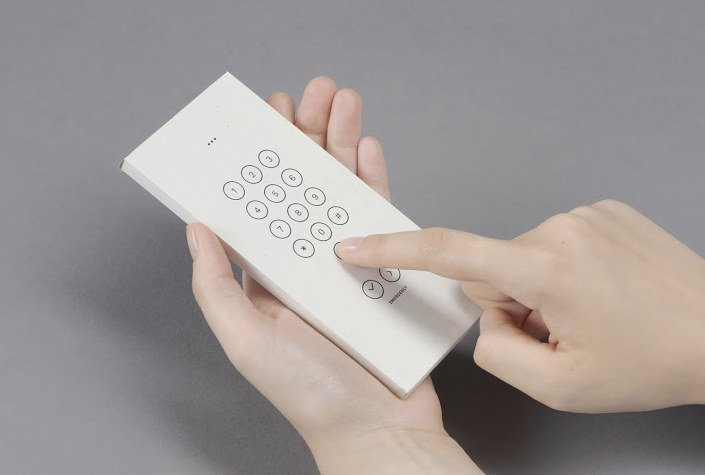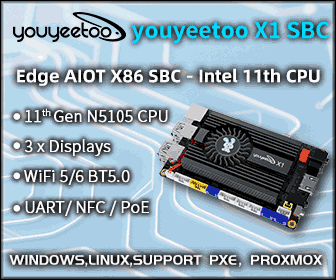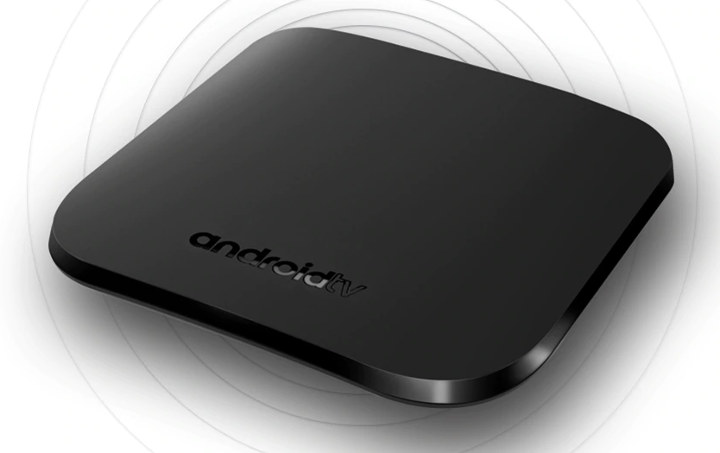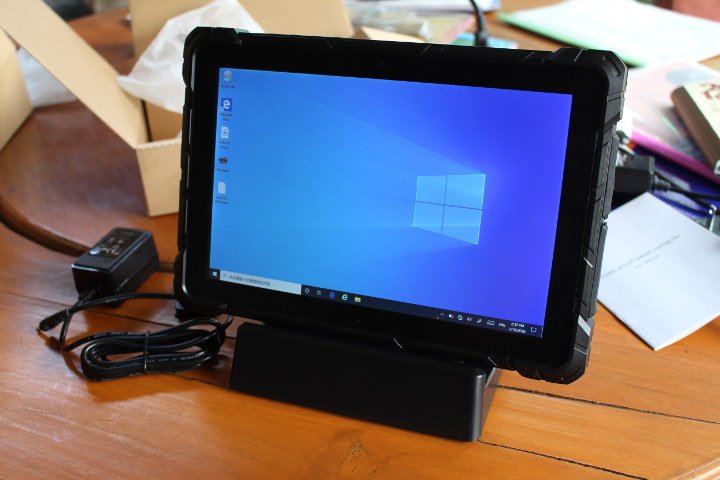Taiwan based NEXCOM has introduced two new mobile computing solutions specifically designed for transportation with nROK 6222/VTC 6222 Intel Apollo Lake computers enabling 24/7 monitoring of trains, buses, trucks, and other vehicles. The computers come with five Ethernet ports, including four PoE enable, in order to connect IP cameras, and two HDMI output, one VGA output to let drivers monitor the front and back of the vehicle, and passengers view travel-related or other information. NEXCOM nROK 6222/VTC 6222 key features and specifications: SoC – Intel Atom x7-E3950 quad-core Apollo Lake processor clocked at 1.6 GHz / 2.0GHz with Intel HD Graphics 505 System Memory – 4GB DDR3L 1866 SO-DIMM (default) up to 8GB Storage – 2x 2.5″ SATA 3.0 SSD up to 15mm thick, SD card slot, internal USB DOM Video Output – VGA, 2 x HDMI Connectivity nROK 6222 – 1x Gigabit Ethernet (M12) port, 4x Ethernet (M12) ports […]
$210 MOTILE Performance Laptop is Powered by AMD Ryzen 3 3200U Processor
Wallmart may have the cheapest Ryzen laptop around with “MOTILE Performance Laptop”, a 14″ laptop powered by AMD Ryzen 3 3200U dual-core/quad-thread processor, coupled with 4GB RAM and a 128GB SSD. Price? $209 shipped to the US. MOTILE Performance Laptop (M141-RG) specifications: SoC – AMD Ryzen 3 3200U dual-core/quad-thread processor @ 2.6GHz / 3.5GHz (Max boost clock) with Radeon Vega 3 Graphics @ 1200 MHz; 15W TDP System Memory – 4GB DDR4 RAM, upgradable up to 16GB (1x SO-DIMM slot) Storage – 128GB SSD Display – 14” 1920×1080 display with LED backlight Video Output – HDMI Audio – 2x 2W speakers and microphone, 3.5mm headphone jack, THX Spatial Audio Camera – 720p IR webcam Connectivity – Gigabit Ethernet port, 802.11b/g/n/ac WiFi 5, Bluetooth 4.2 USB – 1x USB-C 3.0 port, 2x USB 3.0 ports, 1x USB 2.0 port Battery – 4,100 mAh Power Supply – 19V/3.42A (65W) Dimensions – 320.2 […]
Arduino Education Unveils Four New STEAM Kits for Pupils and Students
We briefly mentioned the Bett Show 2020 in an article about a Snapdragon 7c laptop for education that Microsoft will showcase at the event, but Arduino Education is also present and introduced four new educational kits for pupils and students at different stages of their curriculum. Education Starter Kit – Age: 11+ This kit is for secondary school pupils with no prior experience with electronics or programming. It comes with Arduino boards, breadboard, a multimeter, and other accessories to get started. The kit also includes teacher guides and lessons to wire projects and start programming. IoT Starter Kit – Age: 14+ The IoT starter kit (no photo provided) requires some basic knowledge and targets advanced secondary school and university students who want to learn about the Internet of Things with the kits including various sensors and step-by-step tutorials for ten different projects to help students get introduced to automation, logging, […]
Hisense A5 5.84″ e-Paper Android Smartphone Promises Up to 10-Day Battery Life
We’ve previously covered smartphones with a black and white e-Paper display usually placed on the back of the phone, while a traditional full-color display is placed at the front. Some models include Yotaphone 2 and Hisense A2, and the advantage of the e-Ink display is that you can extend battery life, quickly check notifications without unlocking your phone, reads book even in bright lights, etc.. but the cost goes up quite a bit since the manufacturers have to integrate two displays in their devices. Hisense A5 does completely away with the traditional color display and replaces it with a 5.84″ e-Paper display with 1440×720 resolution. The display is black and white, and the slow refresh rate of such display will make it impractical to watch videos and play most games, but if all you do is check emails, browsing the web, reading e-books, accessing social networks, and making phone calls […]
VCON Adds IoT Cloud Connectivity to Existing STM32 & AVR Products
You can have a product based on a microcontroller and operating fully offline, for example, a washing machine. But you’d now like to update your appliance to connect to the cloud so it can upload data to the cloud, and help your customer access it. This is a non-trivial update as it requires you to add a communication module be it WiFi or Ethernet, or a new microcontroller that would require you to update your firmware to support networking and other new features. You’d also need to develop your own cloud platform, and potentially a smartphone app. Cesanta VCON platform aims to simplify the upgrade with firmware that can be flashed to ESP8266 or ESP32 module, and remotely upgrade the firmware on STM32 and AVR microcontrollers. On the hardware side, you’d need to wire your existing MCU to the ESP32 module with UART for data, BOOT/RESET for OTA firmware update. […]
Google Envelope Aims to Reduce your Smartphone Addiction
Smartphones are useful tools, but they can also be addictive as people may start checking the phone each time they receive a notification, visit their Facebook page to check how many likes they got, or just want to check their emails a bit too frequently. Google has been working on addressing the issue with the Digital Wellbeing app launched as part of Android 9 aims to help you take some time away from your phone. The company has now launched a new Digital Wellbeing experiment with Google Envelope. Those are actual paper envelopes housing your phone in order to convert it either in a phone that can only make or receive phone calls, or camera with only the ability to take photos or shot videos. There’s also an accompanying app that will detect the taps on the button. You’ll need to start the app first, then slide your phone into […]
Mecool M8S Plus W TV Box Sells for Less than $15 (Promo)
Mecool M8S Plus W is just another Amlogic S905W based Android 7.1 TV box fitted with 1GB RAM, and 8GB eMMC flash. I would certainly not recommend this device for the best user experience, but if you’d just like to play some videos or tinker with the box, the price is hard to beat as the TV box currently goes for $14.96 plus shipping (around $1 extra here) Mecool M8S Plus W specifications: SoC – Amlogic S905W quad-core Cortex A53 processor with Mali-450MP GPU System Memory – 1GB DDR3 Storage – 8GB eMMC flash, no MicroSD card slot Video & Audio Output – HDMI 2.0 output, AV port with composite video and stereo audio Video Decoding – H.265, H.264, and VP9 up to 4K @ 30 fps Connectivity – 2.4GHz 802.11b/g/n WiFi 4, no Bluetooth, no Ethernet USB – 2x USB 2.0 port Misc – Power LED, IR receiver Power […]
GOLE F7 Rugged Tablet Review – Part 1: Unboxing and Charging Dock
GOLE F7 is a rugged Windows 10 Pro tablet with a 10.1″ touchscreen display, an Intel Atom x5-Z8350 Cherry Trail processor, and “triple-proofed” with resistance to shocks, waterproofness, and dustproofness (see full specs). The tablet also comes with various features that can be useful to industrial use cases. The company sent me a sample fitted with 4G, a QR and bar code scanner, and a fingerprint print, as well as a separate charging dock. I’ll first have a look at the device and its hardware features in the first part of the review before trying it out with Windows 10 Pro in the second part that will focus on special features and ruggedness. The tablet comes with a rubber cover to protect all sides. All ports are covered to make the tablet dust-and-waterproof, and I could easily pull those to reveal USB, Ethernet and a COM port on one side… […]



